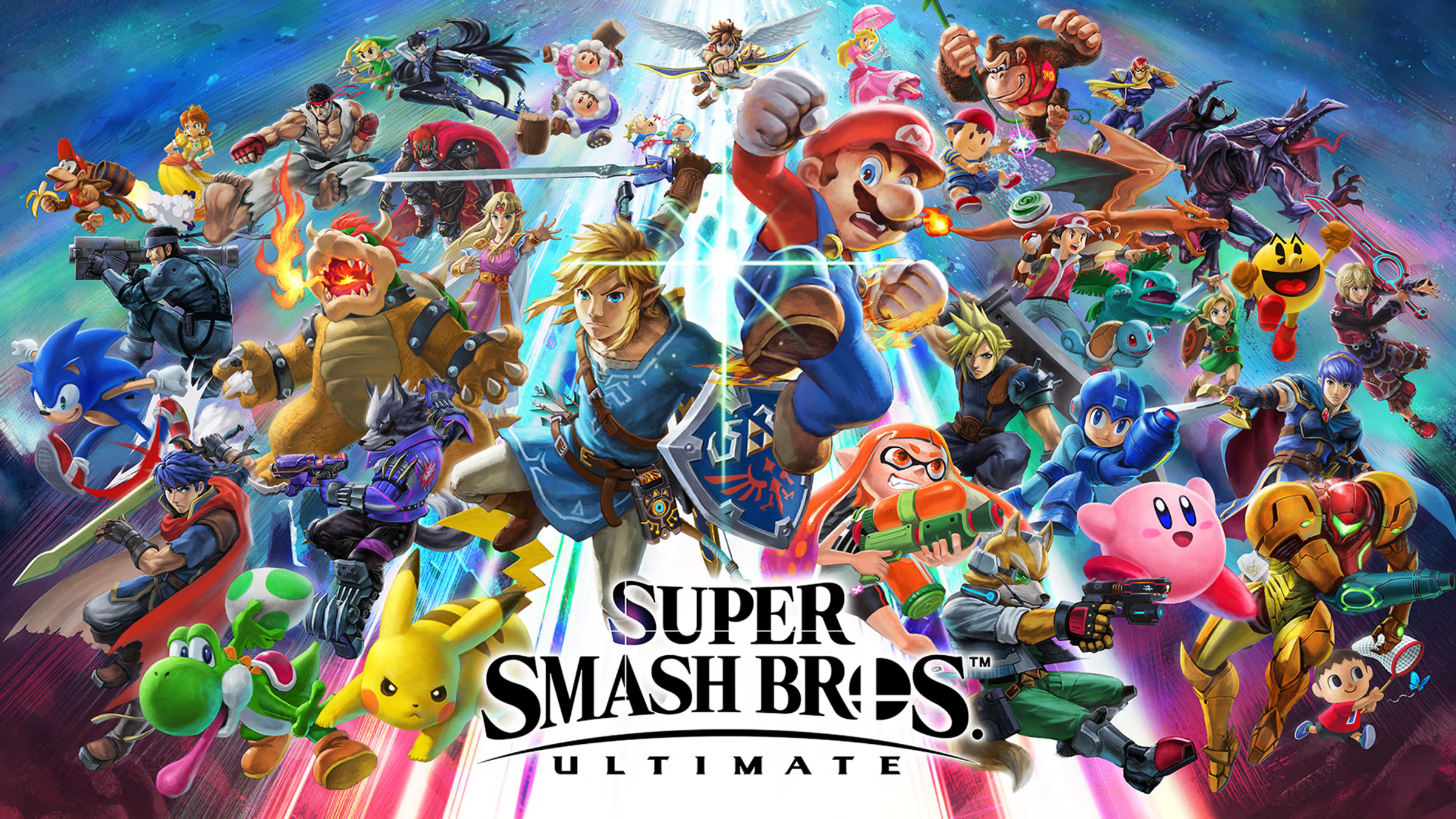
Playing Super Smash Bros from a feminist perspective for me involved engaging with the game’s player roster, mechanics, and representation through the lens of feminist theories presented in the “Play Like a Feminist” book. I found that while Super Smash Bros promotes inclusivity in its character selection and gameplay, it still generally falls short in fully integrating feminist perspectives.
Overall, I appreciated the game’s effort to include a wide range of characters from various franchises, including several female characters like Zelda (a personal favorite), as well as more gender-neutral characters like Kirby. However, despite this diversity, the game often relies on traditional gender roles and stereotypes–for instance, many of the female characters are wearing traditional feminine clothing, which can undermine their strength and agency. Zelda, for example, is portrayed wearing a dress, which could reinforce more problematic notions of femininity, as discussed in the reading
Within the context of the reading’s discussion on gaming feminism, it’s clear that Super Smash Bros misses opportunities to challenge these traditional notions. Feminist theories, as written in the book, emphasize the importance of representing women in ways that go above and beyond typical stereotypes and showcase diverse identities. Unfortunately, many female characters in the game were likely designed by male designers and are not as diverse, which limits their potential as characters.
Moreover, the game lacks true narrative depth for its characters. Unlike single-player games that offer backstories and character development, Super Smash Bros focuses primarily on combat and gameplay, which leaves little opportunity for narrative depth beyond the basic, more traditional surface layer. The entire Mario series involves a Princess being rescued, which also feeds into traditional norms that might not be as positive in this day and age. Broadly the absence of narrative context means that the characters’ identities are often reduced to their fighting abilities and visual appeal. I found myself looking for more substantial stories that could provide insights into the characters’ personalities and backgrounds, making them more relatable and empowering, particularly from a feminist perspective.
One way the game could improve is by incorporating more narrative elements that highlight the diverse experiences of its female characters. For example, including character-specific story options that go into their backgrounds and motivations could provide a deeper understanding of their roles within the game’s universe–this is something I’m trying to include in the game I’m designing. Additionally, redesigning characters to emphasize their abilities and strengths rather than their physical appearance would help challenge traditional gender norms.
Playing Super Smash Bros also made me reflect on the importance of intersectional feminism in gaming. The reading highlights the need to consider how aspects of identity, such as race intersect with gender. Unfortunately, the game falls short in this regard as well. While it includes characters from different cultural backgrounds, their representation often lacks depth and nuance, similar to the representation of more feminine characters. For instance, characters like Rosalina and non-human related characters like Toad could benefit from more diverse and culturally informed narratives that go beyond their roles as fighters. Overall, Super Smash Bros has a long way to go to catch up in the realm of incorporating feminist theories into the game.




